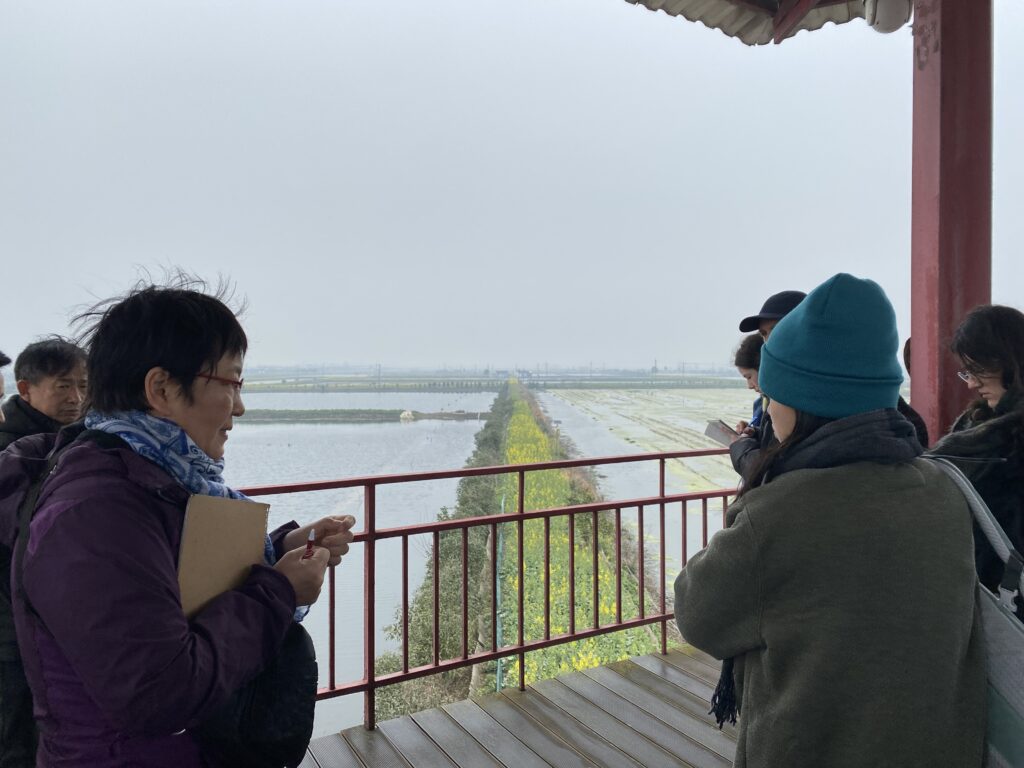
On March 5, we visited the more crayfish farms in Qiangjiang as well as a local processing and packaging facility. We got a very in-depth look at all the levels of the crayfish industry and how this industry has expanded and developed in the recent decades.
In the first cooperative farm we visited, we walked up a viewing tower and learned about the farming processes as well as the level of ownership. By adding crayfish to their rice farms, they are able to have multiple seasons of growth and harvest a year and greatly increase their annual income. The co-op farm has both individual ownership of farms as well as the government ownership of the collective farms. Farmers could control their own land usage and cultivation of crops without having to worry about processing, packaging, and exportation, as the co-op relies on the Qianjiang processing facility for that. Farmers can rely on the consistency of the processing facility and focus on land management and cultivating the best possible crayfish and rice.
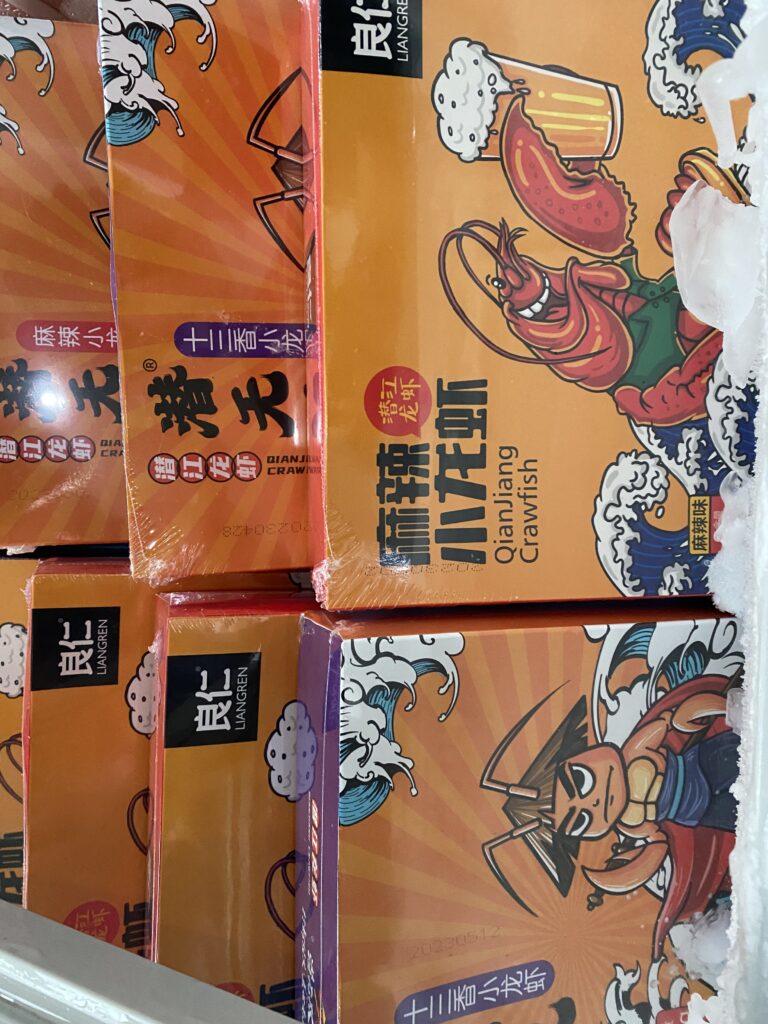
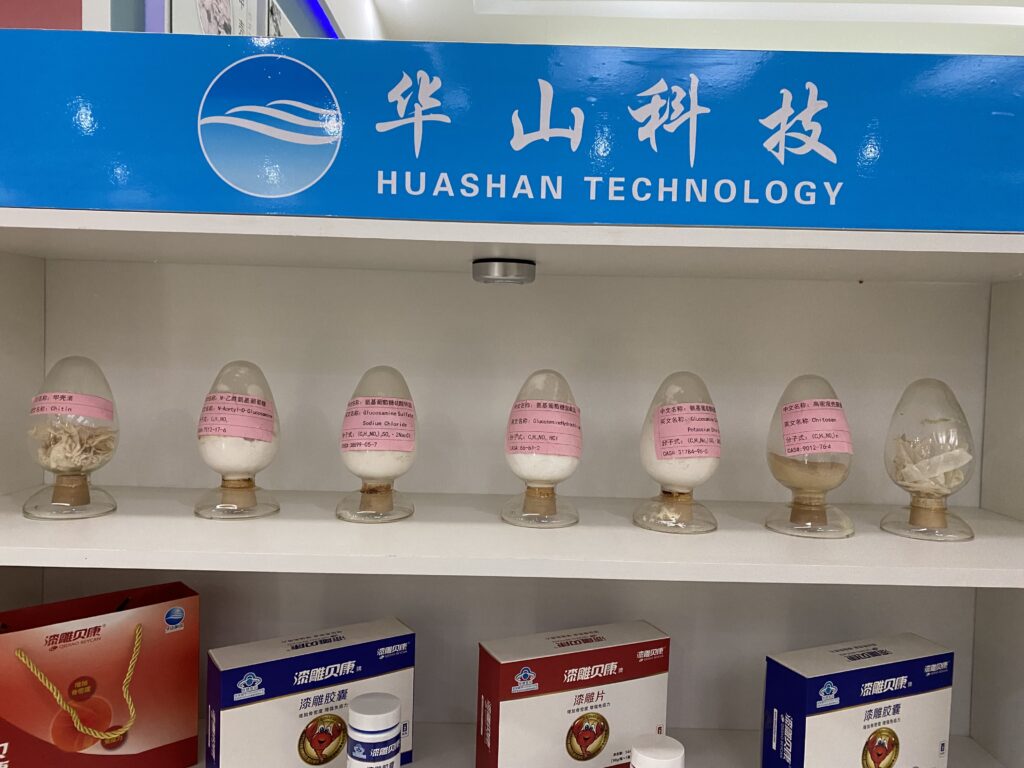
After our visit, we toured the Qiangjiang Crawfish Exchange where they have crayfish processign and packaging facilites and where we saw all of the products that are shipped out to other parts of China as well as exported out of the country. They add different seasoning and flavors to the crayfish and change the look of the package to market towards the audience they are going to. For example in the crayfish go to Louisiana they will get cajun seasoning, France will get butter and garlic, and other regions in China will get a variety of Chinese flavors and seasonings.
We also saw how almost all of the crayfish have a purpose. The chitin in the shells of the crayfish are ground into a powder and put into a lot of pharmaceutical products and medicines.
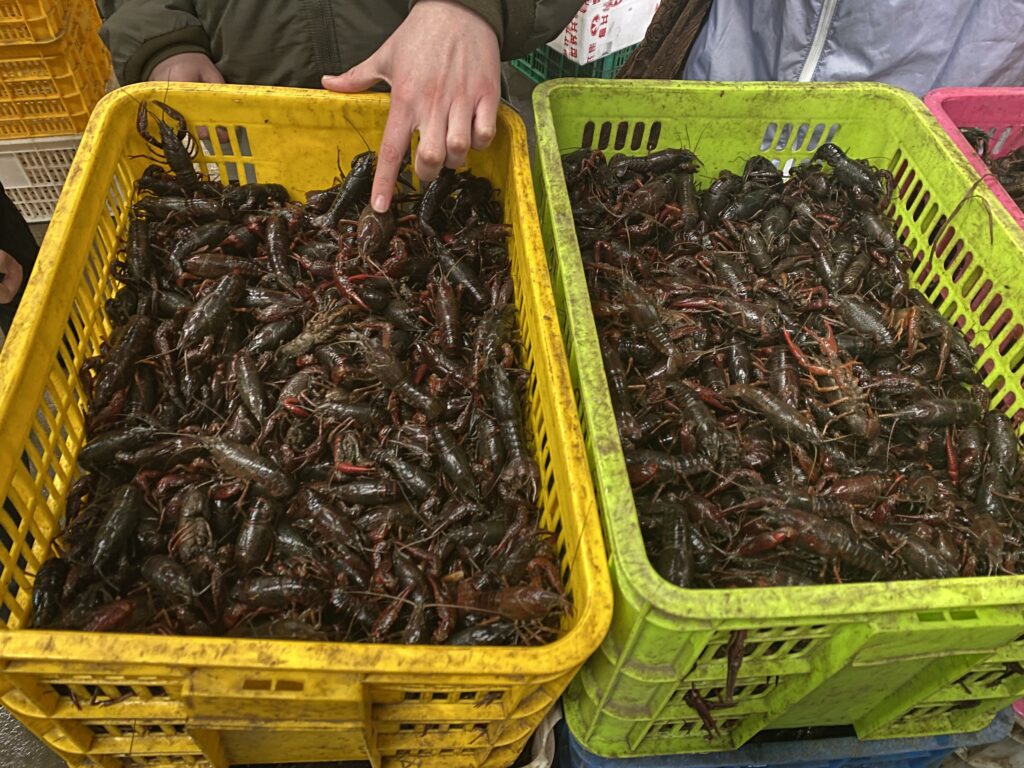

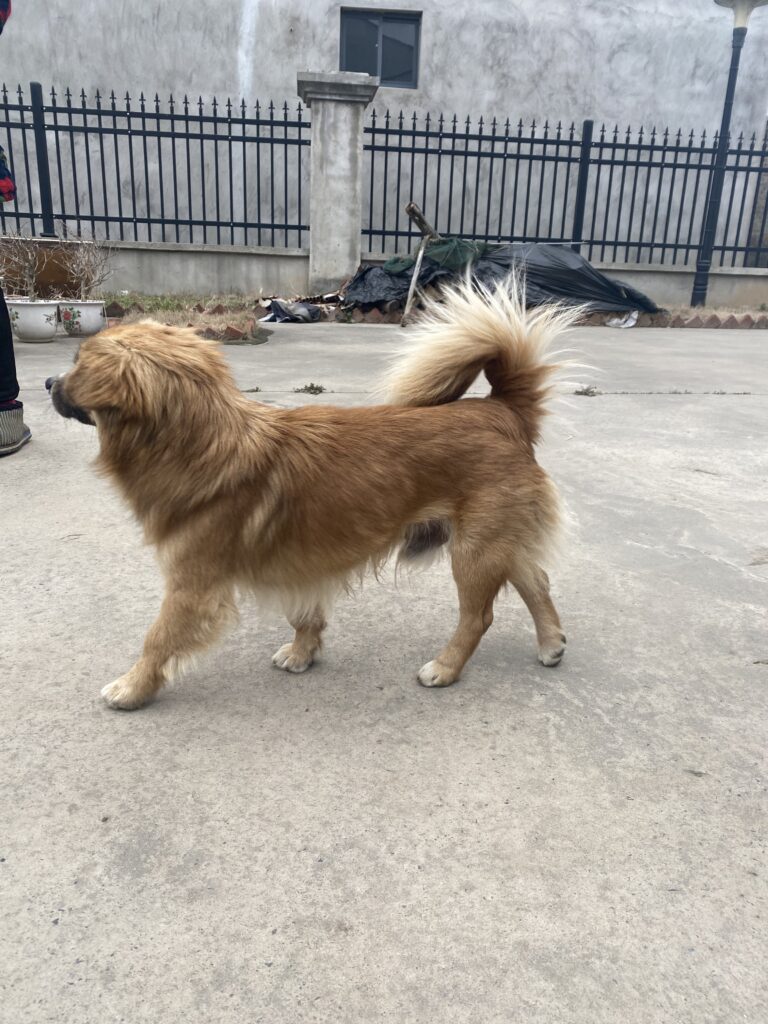
Finally, we went and toured a privately owned family owned crayfish farm. The smallholder farmers faced many more challenges that the collective ownership farms did not. The farmers had many of their greenhouses collapse during an ice storm that happened a week prior and they would have difficulty compensating for the loss. They also grew some fruit and other vegetables in addition to crayfish and rice to create a bit more revenue for their farm. Another issue that they struggled with was having enough labor and younger people to help with the farming and cultivation of the land. Many of the young people have left the village to go to school in other countries leaving mostly elderly people on the farms.
The farmers were very welcoming and invited some of the students into their home. There were also very many little dogs running around that loved having all the attention.
-Lydia
